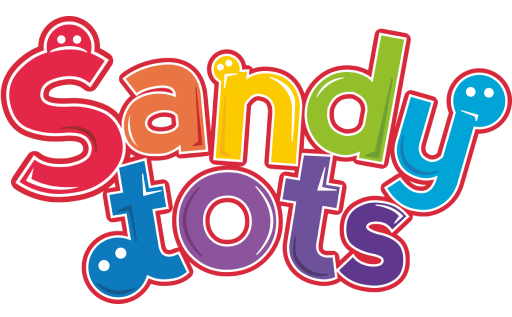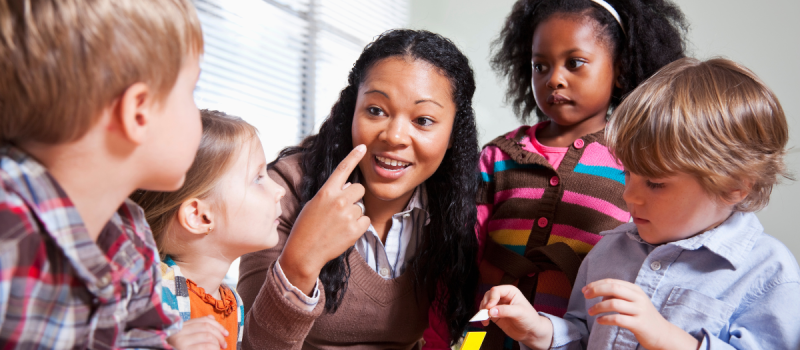
At Sandytots, we know how much you love watching your little one learn and grow. One of the simplest and most powerful ways to support their journey is through the way you talk to them. Language modelling is all about showing children rich, clear language that they can hear, copy, and build on in their own time.
By gently repeating, expanding, and encouraging their words, you give your child the chance to grow their vocabulary, shape sentences with confidence, and feel proud of their communication. And the best part? These moments can happen naturally throughout your day – during play, at the dinner table, or while sharing a bedtime story.
We thought we’d share with you some top tips for boosting your child’s speech.

Look and listen closely
When your little one wants to share something with you, try getting down to their level and meeting their eyes. According to the NHS, this behaviour shows them you’re really listening and interested in what matters to them and you’ll notice more of their little sounds, gestures, and expressions – and they’ll get to watch your face and mouth as you model words, making it easier for them to join in.

Repeat and expand
When your child says a word, you can gently build on it. For example, if they say “dog,” you might reply with “Yes, a brown dog!” This simple step shows them how to grow their words into longer phrases without overwhelming them. By starting with what they’ve said, you give them the perfect model of the next stage in talking – and show them just how easy it is to make their sentences bigger.
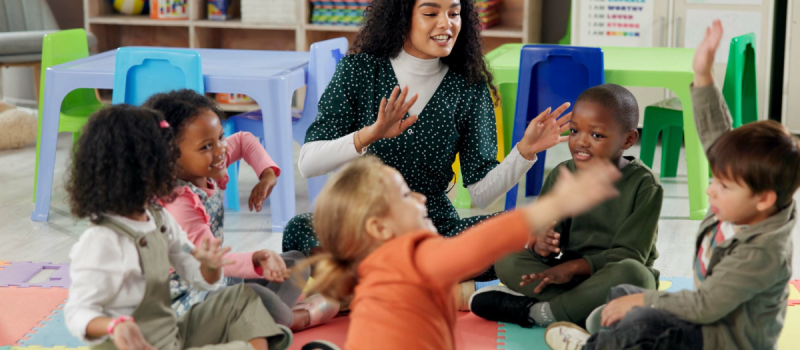
Sing nursery rhymes together
Nursery rhymes are like rocket fuel for your child’s development. The rhythm, repetition, and fun make it easier for them to pick up new words, practise listening, and even start building early number skills. According to Speech and Language UK, repeating the same songs and rhymes over and over is not only fun for your child, it’s one of the best ways to help them learn new words. The familiar tune and rhythm capture their attention and tune them into listening, while giving their language a big boost.
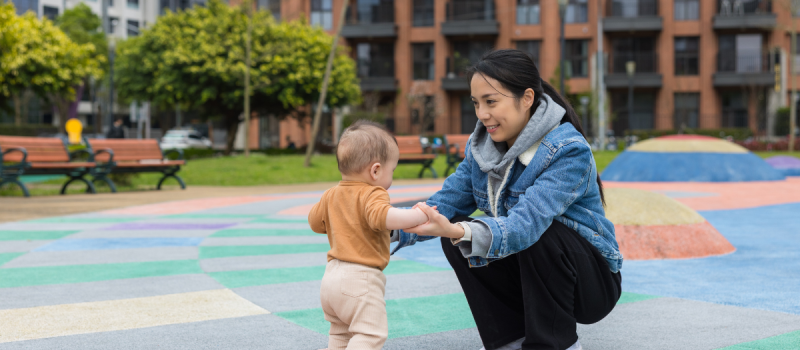
Face-to-face talk
It’s so important for your child to see your lips, eyes, and expressions as you talk. They learn best by watching how you use sounds, words, and emotions. Research shared by Psychology Today shows that during the first year, babies shift their attention from a caregiver’s eyes to their mouth – because seeing how words are formed gives them vital visual cues for language learning. Singing and talking face-to-face also captures their attention, helping them focus on your face and making every interaction a chance to learn.
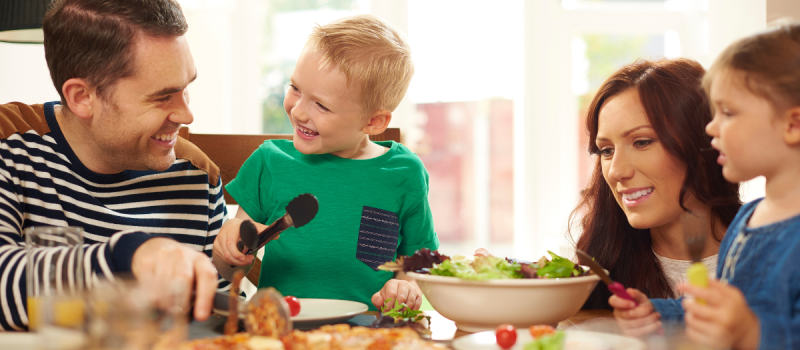
Make the Most of Mealtimes
Mealtimes are a perfect opportunity for language learning. According to Health for Under 5s, simply hearing and using language during these moments is really important for speech and language development. Try switching off background noise like TV or music so your child can focus on voices and conversation.
Offer simple choices, like “Would you like peas or carrots first?” to give them the chance to practise new words. If they make a mistake, gently repeat the word back correctly. Mealtimes are also a lovely way to start conversations and encourage your child to share their thoughts, likes, and feelings.
Everyday moments are the best chances for children to learn – whether you’re sharing a meal, singing a nursery rhyme, or getting down to their level to talk.
By modelling language in simple, natural ways, you’re giving your child the tools they need to grow in confidence and communication. Remember, it doesn’t have to be perfect – it’s the love, connection, and little conversations you share that make the biggest difference.
